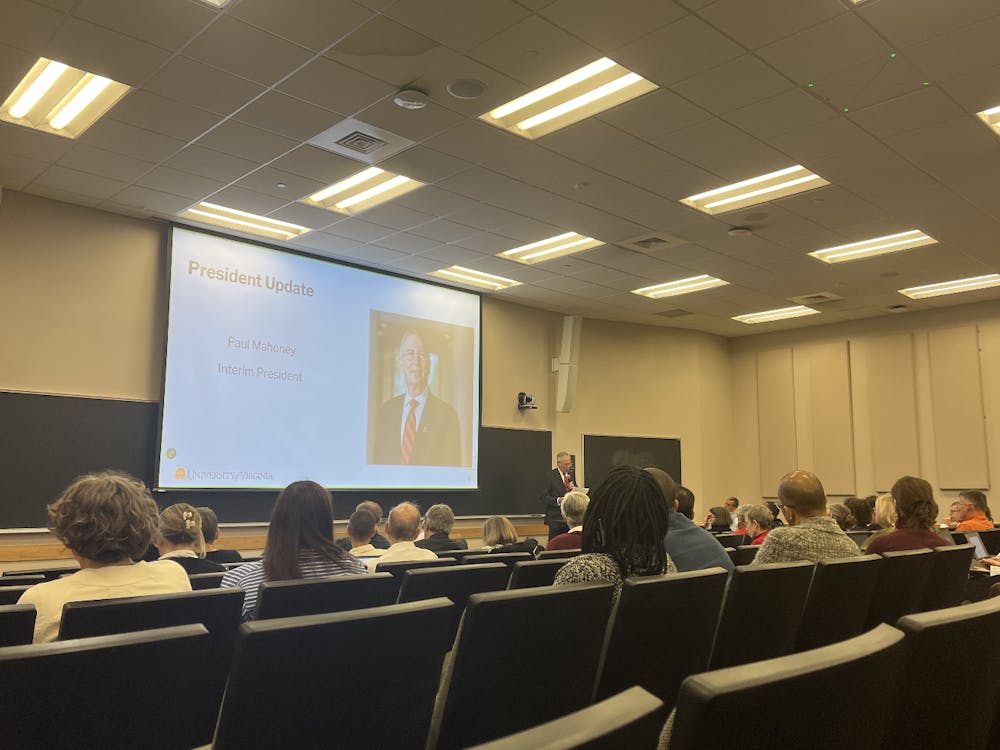It embodies one of society's darkest fears -- the abduction of an innocent child by someone who intends to do them harm.
This past summer produced a spate of high-profile cases involving children who were kidnapped by so-called "child predators." Massive media coverage attended the tragic story of 5 year-old Samantha Runnion, taken from her California home July 15 and later found murdered. The abduction of 14-year-old Elizabeth Smart, taken from her home in Utah, also sparked headlines nationwide. She has not yet been found.
Jeffrey Tatum, a graduate instructor who teaches criminology, is quick to note that an increase in media coverage does not necessarily imply an increase in actual abductions.
"The abduction phenomenon often becomes a 'myth of commonality,' with many believing it is widespread threat," Tatum said.
Compared with previous averages ofabout 115 stranger abductions per year, the figure this year is actually lower, in the upper 80s.
Tatum also said individuals must make distinctions in types of abductions. Thousands of kids are abducted
each year by parents or relatives because of custody disputes. In these cases, parents do not intend to harm the child, but merely want to gain guardianship.
Abduction by a stranger, in contrast, usually entails a greater threat to the child because the stranger does not view the child as an object of affection. Although newly instituted plans, such as the Amber Alert and nationwide news bulletins, may help rescue children from their abductors, it also may induce a copycat phenomenon according to Janet Warren, a professor of clinical psychiatric medicine and director of the University's Institute for Law, Psychiatry and Public Policy. When one killer sees that others have gotten away with same crime, he may be tempted to try it himself, Warren said.
"The media can act for both good and bad in this case," she added.
The relative rarity of stranger abductions may provide comfort, but questions remain about the perpetrators and their malice toward children: Who would do such a thing, and why?
Criminal psychology experts find that the majority of child abductors are men who have sexual fantasies involving children. In addition, they often exhibit other disorders such as pedophilia and sexual sadism. But William Stejskal, director of psychology at the Institute, cautions against typecasting child abductors.
"We may want to believe that there are specific factors or reasons why people turn out this way, but there is not a set progression from one behavior to another," Stejskal said.
"The diversity of personalities seen in sex offenders is too great to simplify."
He also dispels the notion that child
abductors lack empathy for their victims.
"They have misappropriated empathy: they can feel the pain they give their victims, but instead of feeling compassion, they derive pleasure from it," he said.
When abductions occur from within a child's home, as was the case with Smart, a killer may have a specific psychological goal.
"The pattern of entering a home is very violating. It is a provocative act, to take from a family their most treasured members: their children, from their own home," Stejskal said. "It involves an unconscious will to violate the taboos surrounding the family"






